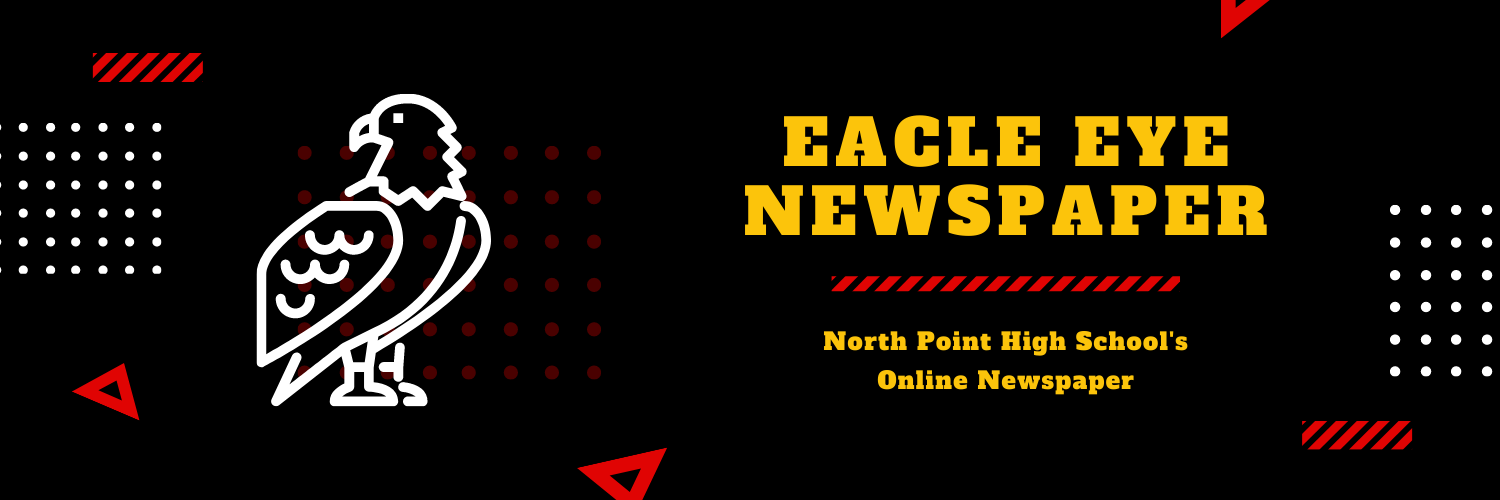The Dangers of A.I.
With the rise new technology, A.I. or artificial intelligence, has become increasingly popular. However, with this popularity come worries about the ethicality. Artificial intelligence can be a great tool when used responsibly, but when it isn’t, it can seriously harm large groups of people.
One of the largest forms and most common types of A.I. are A.I. art generators. These generators can create works of art with just a small prompt or a few pictures. However, how these generators operate are unique. What most do is select a dataset of existing artwork that the machine learning algorithm can use to learn the style and patterns of art. Once that dataset is selected, the machine learning algorithm is trained using the images in the dataset. This involves feeding the images through a neural network, which learns the features and patterns of the art. It can then use this information to generate new art, inputting a random seed or a desired input and letting the algorithm create an output based on the patterns and features it has learned from the training. The generated artwork is often refined using additional algorithms and techniques such as style transfer or image filtering to create a final image that is more aesthetically pleasing.
While this seems harmless, and for the most part it is, the key feature of feeding artwork into the generator is unethical. These generators steal artwork from real artists, most of which make a living off of their creations. By doing this, artists lose out on commission opportunities, and are unable to make a living.
Many non-artists have compared image generators with human artists seeking out inspiration, which is incorrect. AI art is being made without the human artist consent and get zero compensation for the use of their art, even if the generators cost money to use.
Loish, a digital artist on Instagram who creates art as a career, sums up the heart of the issue. “Until there is an ethically sources database that compensates artists for the use of their images, I am against A.I. art. I also think platforms should do everything they can to prevent scraping of their content for these databases,” Loish shares.
A.I. isn’t only a danger to artists, but people’s livelihood. AI can be incredibly biased, since it is based on human data, and humans are internally biased. AI can make decisions that affect whether a person is admitted into a school, authorized for a bank loan, or accepted as a rental applicant. A great example of this bias is A.I. in healthcare. www.hsph.harvard.edu wrote an article discussing the algorithmic bias A.I has when it comes to healthcare in hospitals. It states, “In fact, it’s been demonstrated that simple predication rules for heart disease, which used in routine medical practice in industrialized countries for decades, we’re biased. The Framingham Heart Study cardiovascular risk score performed very well for Caucasian but not African American patients, which means that care could be unequally distributed and inaccurate.” According to the article, Brian Powers, a faculty member in Applied Artificial Intelligence for Health Care, wrote a landmark 2019 paper in Science that showed that algorithms commonly used by some prominent health systems today are racially biased. Health care professionals use this information to recommend certain people for medical care, thus this has direct and potentially harmful implications for patients.
In conclusion, all A.I. is not terrible. In fact, A.I. has a lot of practical uses and could potentially be very useful in the future. The idea that AI could be used in hospitals or used to protect people is not bad by itself. However, A.I. in these terms is new, and since its new, a lot of problems can be caused by it. Until A.I. develops, and A.I. and humans can work together, A.I. will continue to be harmful. Its important that we work to advance this technology as a way to help humans rather than replace them.


